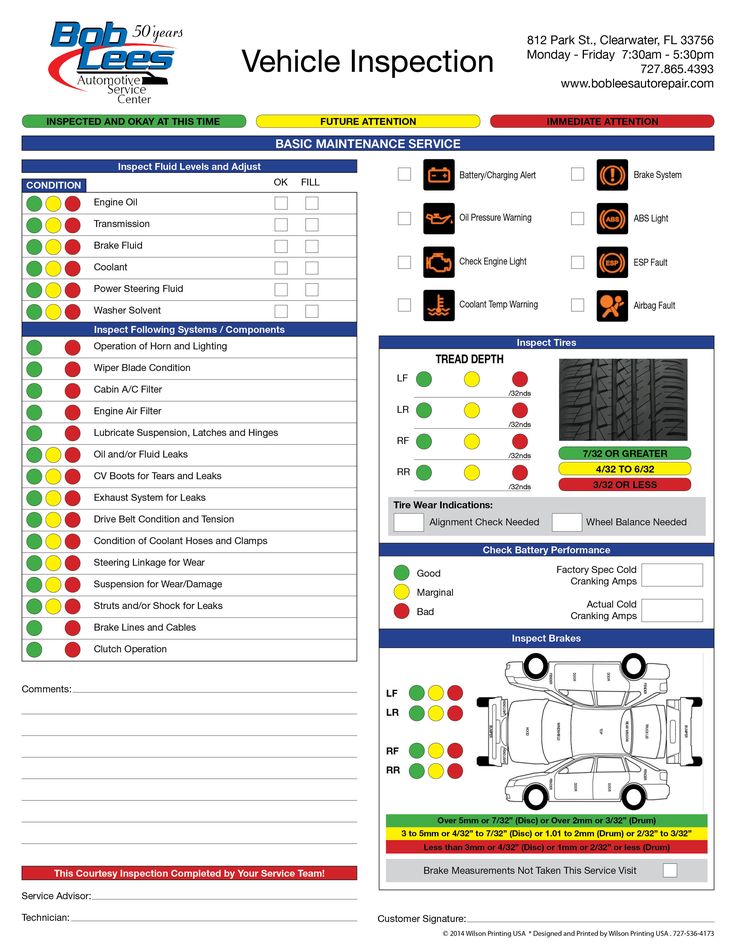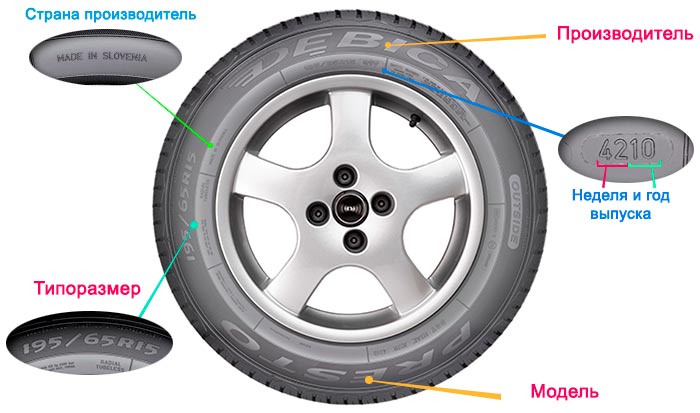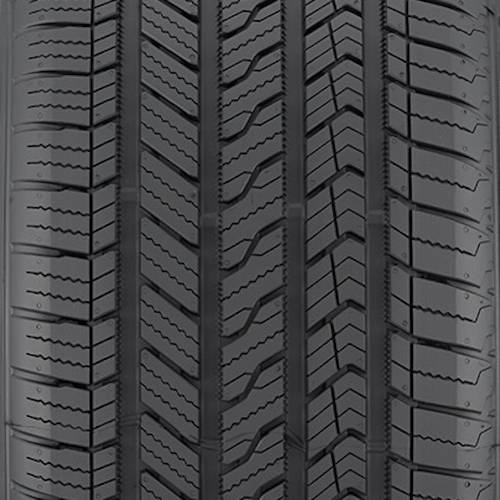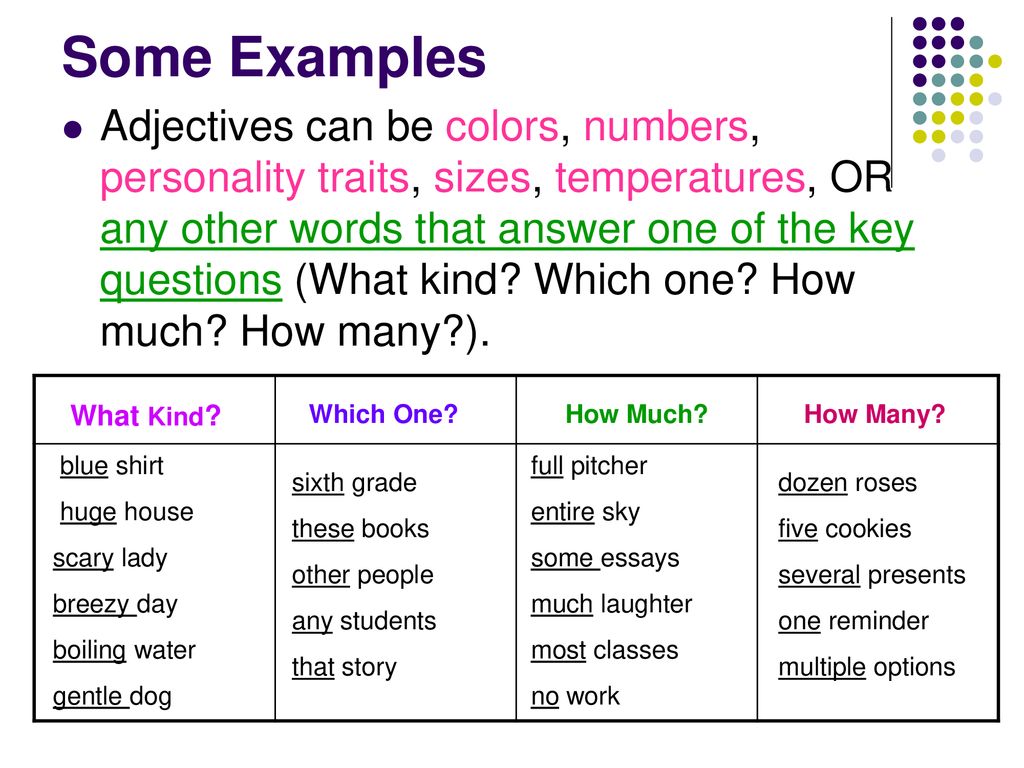When it comes to checking tire tread, there are a number of methods that can help you know if it’s time to replace a tire. Heavily worn tread will prevent a tire from performing as designed and can lead to unsafe driving conditions. One of the simplest, most common ways to check tread depth requires nothing more than a penny and a few moments of your time.
In the United States, tire tread depth is measured in 32nds of an inch. New tires typically come with 10/32” or 11/32” tread depths, and some truck, SUV and winter tires may have deeper tread depths than other models. The U.S. Department of Transportation recommends replacing tires when they reach 2/32”, and many states legally require tires to be replaced at this depth.
The idea of the penny test is to check whether you’ve hit the 2/32” threshold. Here’s how it works:
Place a penny between the tread ribs on your tire. A “rib” refers to the raised portion of tread that spans the circumference of your tire. Tire tread is composed of several ribs.
Turn the penny so that Lincoln’s head points down into the tread.
See if the top of his head disappears between the ribs. If it does, your tread is still above 2/32” , If you can see his entire head, it may be time to replace the tire because your tread is no longer deep enough.
When performing the penny tire test, remember not only to check each tire, but to check various places around each tire. Pay special attention to areas that look the most worn. Even if parts of your tread are deeper than 2/32”, you should still replace the tire when any areas fail the penny test.
Consistent wear around the whole tire is normal, but uneven tread wear could be a sign of improper inflation, wheel misalignment, or a variety of other things. If you see uneven tread wear, you should have a technician inspect your vehicle.
A simple way to check your tire tread depth is by using a tread depth gauge. You can find tire tread depth gauges at your local auto parts store. There are many models available, but an inexpensive simple graduated probe gauge will work just fine. All you have to do is stick the probe into a groove in the tread and press the shoulders of the probe flat against the tread block and read the result. All gauges should measure in both 32nds of an inch and millimeters.
You can find tire tread depth gauges at your local auto parts store. There are many models available, but an inexpensive simple graduated probe gauge will work just fine. All you have to do is stick the probe into a groove in the tread and press the shoulders of the probe flat against the tread block and read the result. All gauges should measure in both 32nds of an inch and millimeters.
Another indicator of worn out tread already lives in your tires themselves. Every performance, light truck, or medium commercial tire comes equipped with indicator bars (or wear bars) embedded between the tread ribs at 2/32”. They’re there to help you monitor tread depth and make decisions about tire replacement. Just look to see if the tread is flush with the indicator bars. If they are, it’s time to replace the tire.
While the penny tire test does deliver on what it promises – indicating whether tread has reached the legal limit – it may not be the best indicator of whether your tires are safe for the road. Tire performance can diminish significantly before your tread hits 2/32”. Even though the law deems fit for safe driving may not prevent you from hydroplaning or losing control in rainy, slushy conditions. If you think your tires may be close to needing replacement, have them checked out by a licensed mechanic.
Tire performance can diminish significantly before your tread hits 2/32”. Even though the law deems fit for safe driving may not prevent you from hydroplaning or losing control in rainy, slushy conditions. If you think your tires may be close to needing replacement, have them checked out by a licensed mechanic.
Driving on a tire with 2/32nds-inch tread depth is safe. Driving on a tire with 4/32nds-inch tread depth is safe.
That seems to be the consensus in our industry. The federal government only requires that tread wear bars be placed at the 2/32nds-inch wear mark. It’s up to the states to set a minimum tread depth standard, and not one of the 50 states has a standard higher than 2/32nds-inch.
In Europe, the issue is more concrete. The minimum tread depth standard is 1.6 millimeters — roughly 2/32nds-inch.
So, what’s all the fuss about tread depth? Why do some people want to replace tires at the 4/32nds-inch wear mark? It all centers on safety, according to The Tire Rack and Continental AG.
Tire Rack started the tire rolling last fall when it ran a video on its Web site demonstrating the effects of tread depth on wet braking. (To view the video, visit tirerack.com/treaddepthtest.) As a result of its own testing, Tire Rack recommends changing tires at 4/32nds-inch.
“While there are obvious trade-offs associated with replacing tires before they are fully worn out (such as an increase in driving cost per mile and the reality that more tires would be discarded annually), we don’t believe these reasons exceed the costs to repair a vehicle (or its occupants) after an accident,” wrote the company in its Inside Track catalog.
The implication is obvious, although Tire Rack stops short of calling for government intervention.
Continental recently became the second tire manufacturer to definitively and publicly address the issue, after Michelin North America Inc. At a press conference in Korbach, Germany, Dr. Burkhard Wies, vice president of passenger and light truck tire line development worldwide, said tires should be removed at 3 mm (4/32nds-inch) for safety’s sake. He said research clearly shows that a tire has significantly greater wet traction at 4/32nds-inch than at 2/32nds-inch.
He said research clearly shows that a tire has significantly greater wet traction at 4/32nds-inch than at 2/32nds-inch.
Michelin agrees with those findings. However, it does not believe anyone should mandate the removal of tires before 2/32nds-inch.
The company says there is no accident data proving that the difference in tread depth has a negative impact on safety.
Lacking this proof, other factors need to be considered, including the environmental impact and capacity constraints, says Michelin.
Wies presented research from RWTH Aachen University in Aachen, Germany, that showed how accident probability decreases as a tire’s road friction value increases. Common sense tells you there will be a negative impact on safety between 4/32nds-inch and 2/32nds-inch tread depth, he added.
My feeling is that Wies is correct about an expected increase in accidents and fatalities with the drop in tread depth.
However, it’s not about safety. It’s about the degree of safety. And that’s where the debate becomes less clear-cut.
And that’s where the debate becomes less clear-cut.
Why not take the tires out of commission at 6/32nds-inch? Certainly the tires will stop sooner. Wouldn’t that save more lives? How about 8/32nds-inch? Same thing.
But there has to be a balance between consumer wants and needs, and — I’ll say it — that includes price.
Consumers are not going to want to take the time or spend the money to change tires as often as they change their oil. And what about people with low incomes? Used tires with 4/32nds-inch tread depth or less are an option to them.
“If you want safety, you have to pay for it — no doubt,” said Wies.
With the cost of gas skyrocketing, people are holding off on replacing their tires until they have to.
Regardless of how well you want a tire to perform, there is no way it can be designed to prevent accidents under all conditions. There are too many variables to consider. So safety versus economy is a legitimate debate at any tread depth.
As for me, I would like to see a little more credible data before deciding. Either way, I definitely like the idea of the issue being discussed internally, without government involvement.
Either way, I definitely like the idea of the issue being discussed internally, without government involvement.
Kudos to Tire Rack, Michelin and Continental for getting the dialogue started, and keeping the discussion in house. ■
Tires are not the first freshness. As absurd as it may sound, the question of the release date of tires worries some buyers. In garages and tire shops, they answer the question in completely different ways - does the year of rubber production affect the quality of the tire? To be honest, probably not. Let's figure it out.
How to determine the year of manufacture of rubber? The manufacturer indicates the week and year of manufacture on the tire on the inner circle near the bead ring. 4 numbers in an oval - what we are looking for. For example, 4317 means that the tires left the assembly line in week 43 of 2017. It turns out, around October. In accordance with standards and common sense, you can absolutely safely buy new tires that were released 3-4 years ago. The manufacturer sets a warranty period. Usually it is 5 years. The service life can be much longer.
The manufacturer sets a warranty period. Usually it is 5 years. The service life can be much longer.
Yes, many tire manufacturers have tested new tires on par with 3 year olds at their test centers. Michelin's 2018 study received the biggest response. Rubber was tested in Asia, Europe and proved that new and three-year tires are one and the same. The result of the experiment was the advertising campaign “Tyres are not bananas” and the conclusions: three-year-old tires from the warehouse are no different from new ones, and the real life of high-quality tires is up to 10 years from the date of production.
Right. And in their research, Michelin experts spoke only about their tires, subject to strict adherence to the rules for long-term storage. In our country, everyone is guided by the norms and recommendations of GOST. It regulates the period during which the manifestation of defects is excluded - 5 years. During this period, they are considered new and are subject to sale in the usual manner.
It regulates the period during which the manifestation of defects is excluded - 5 years. During this period, they are considered new and are subject to sale in the usual manner.
A visual inspection is sufficient for this. For example, you decide to buy tires in Yekaterinburg or Nizhny Tagil. And you are offered four-year tires, explaining this by the total supply of such a batch to the Urals. Examine each carefully. The main beacons are surface integrity and color.
1. Exclude the presence of microcracks, even single ones - this is an indicator that the rubber has begun to dry for some reason.
2. The color of the tires should be a rich black, without whitish streaks and faded areas.
3. If you really want to, you can try on the wheel at the tire shop at the store. Rubber should remain intact, not give microcracks and require standard balancing.
In 99 cases out of 100, this will be the case. A quality tire may not show signs of aging after 5 years of proper storage. This is only possible with manufacturing defects.
A quality tire may not show signs of aging after 5 years of proper storage. This is only possible with manufacturing defects.
No one has done exact research, but marketing is most likely to blame. In order to stimulate sales of new tires, it is logical to convince the client that it is dangerous to ride on old ones.
Yes. The warranty period of 5 years is the period in which the manufacturer assumes responsibility for possible defects. Moreover, it is calculated with a margin - with the expectation of active operation in a constant mode in difficult road conditions. The actual service life is much higher. We are also given a 3-month warranty for shoes, but we wear high-quality models for several seasons and do not know anything about the release date.
If you remember about the Urals again, then you will also use tires in the summer-winter shift mode, that is, with breaks. Our catalog contains all the leaders of the tire market. Therefore, you can buy rubber in Yekaterinburg and other large cities of the Ural Federal District directly from the manufacturer and be sure of its quality.
Our catalog contains all the leaders of the tire market. Therefore, you can buy rubber in Yekaterinburg and other large cities of the Ural Federal District directly from the manufacturer and be sure of its quality.
(831) 262-1-262 retail
(831) 262-1-176 for legal persons
[email protected]
21/11
2019
Selection and features of Nexen tires Nexen car tires have long been deservedly popular in Russia and the CIS countries. Company products...
19/05
2018
Bridgestone Adrenalin RE003 review and test Compared to the previous model (RE002), the new Bridgestone Adrenalin RE003 light summer tire is a new...
31/01
2018
How to properly store tires and wheels The issue of proper tire storage is relevant for every motorist. Replacement sets of winter and summer tires...
Replacement sets of winter and summer tires...
Myaskovsky David Markovich Retail managers
[email protected]
(831) 262-12-62 ext.205
+7 929-055-55-95
Gorbunov Igor Pavlovich Truck and agricultural tires rims, battery
[email protected]
Retail managers
(831) 410-37-52
(831) 262-12-62 ext. 207
Linaris supplies wheel products for all types of vehicles. You can order summer, mud, winter tires, as well as car rims and tire fitting equipment.
The range is fully certified, the physical and technical qualities and service life of the products are documented. For each set of tires, the online store provides an official guarantee, and if their cost is high for you, you can buy them on credit.
On sale - wheel products from reputable, respected brands, different price categories and options.

Remember that the wheels must provide maximum grip on the road surface. Only in this case the car will be manageable and predictable even in difficult situations.
